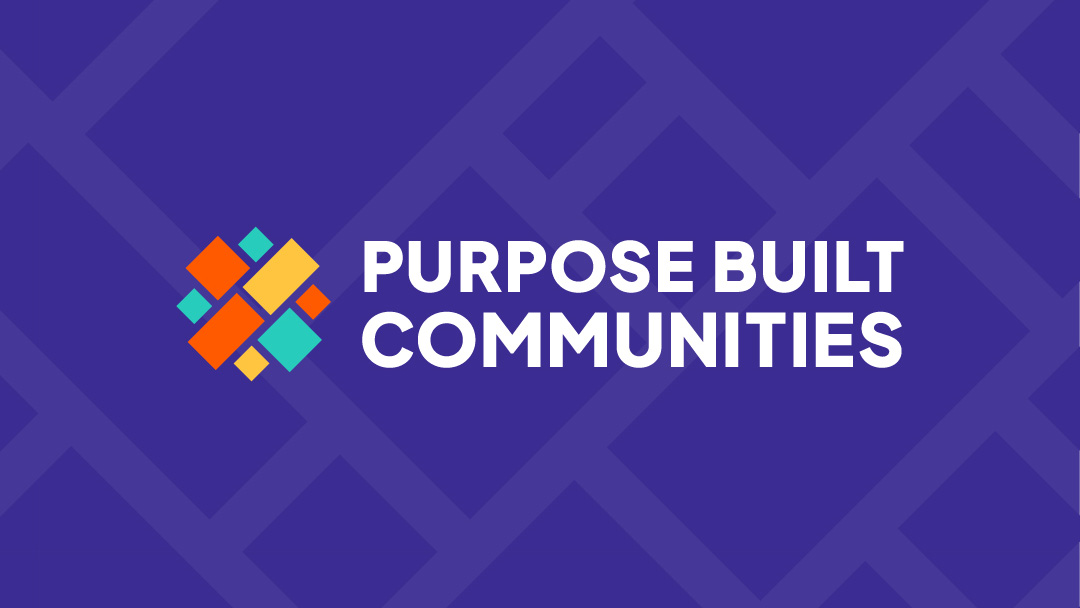By Michelle L. Matthews
Senior Vice President, Purpose Built Communities
“White boys who grow up rich are likely to remain that way,” summarized a recent New York Times article about an Equality of Opportunity Project study. “Black boys raised at the top, however, are more likely to become poor than to stay wealthy in their own adult households.”

I grew up in the Washington, D.C. area and attended school in Montgomery County, Md. It’s one of the first counties in the U.S. to adopt an inclusionary zoning plan aimed at building a mixed-income housing model and strengthening public schools. Yet, even with all the pieces seemingly assembled and working together in Montgomery County, it’s not enough. I’ve seen it in my own life—people are still struggling, and the gap persists between those who are at the top and those who are not.
The Equal Opportunity Project study reveals that 41 percent of the black boys raised in rich households grew up to be poor or lower-middle-class black men. Individual circumstances and events—including socio-political forces that uniquely and overwhelmingly impact young black boys—shaped each of those individuals. That’s why the answer isn’t as simple as leveling the economic foundation for everyone. That popular suggestion for addressing systemic inequality ignores how race and discrimination are fundamentally rooted in our communities and culture. It addresses only the symptoms rather than the larger systemic problem.
Led by researchers from Stanford, Harvard and the Census Bureau, the study contends that race—not family income, family structure, education level, or accumulated wealth—is the main determinant of life outcomes. It is a disturbing, yet familiar, reminder of the centrality of race and the persistence of racism and discrimination in American communities, society and culture. This broad, macro view of the data is critical to our understanding. But in Purpose Built Communities’ experience, solutions lie at the micro-local level.
Purpose Built works intentionally in neighborhoods to create space for the open and honest conversations necessary to peel back the veneer of simply focusing on economic solutions to address issues of racial equity. It is a daily challenge for our network members who work to coordinate transformation in neighborhoods. It manifests in the way those organizations go about doing the work to build relationships and create a culture of transparency and openness, continuing to earn the respect and cooperation of residents.
In the words of Bryan Stevenson, to make a difference we must “get proximate” with each other. Working closely with others is the only way to really understand how potential solutions can bring about real-life positive change. Several of the Purpose Built Communities network members have worked closely with groups of community leaders to facilitate communication and clarify understandings around project goals and impacts, such as the Voyagers in Spartanburg’s Northside and the West Lakes Council in Orlando. Others, like PACT in Columbus, hold regular open office hours to make room for dialogue and relationship building. The Woodlawn Foundation in Birmingham, Alabama has held racial equity trainings for their board of directors and brought in trained facilitators to lead conversations in the community focused on racial equity and inclusion. These are all examples of how community quarterback organizations can make space for difficult conversations around race and equity at the neighborhood level.
We’re a country founded on “rugged individualism,” pulling yourself up by your bootstraps, and moving from rags to riches. But that narrative prevents us from talking about the tangible and lasting effects borne of centuries of racism and discrimination. It urges us to view an individual’s circumstances through a lens that ignores context and passes judgement based upon whether someone has “done better” than their parents.
Like a growing number of other organizations, we at Purpose Built Communities are pushing ourselves to be more intentional about using a lens of race as we continue to think relentlessly about how equity impacts our work. We believe these structural socio-political issues can be addressed. Based on our experience in neighborhoods across the United States, hyper-local investment in communities is the most effective approach to orient the pieces. We cannot legislate on a state or federal level and expect uniform success everywhere. To address those underlying structural flaws, community development advocates first need to recognize that there’s a larger problem at hand. If we just apply a formula of fixes and hope that does the trick, we will never be able to close the gaps in communities across the country.
This is more than a discussion of theory, numbers, statistics, graphs and trends. It is a conversation about people. It’s about our neighbors—people who love their children just as fiercely as we love ours, whose hopes and dreams mirror our own. This is a conversation about building equity for people in the houses to the left and right of ours, down the street, and on the other side of the tracks. And at their core, all these conversations are about making it possible for each of us to achieve the promise of the American Dream.



